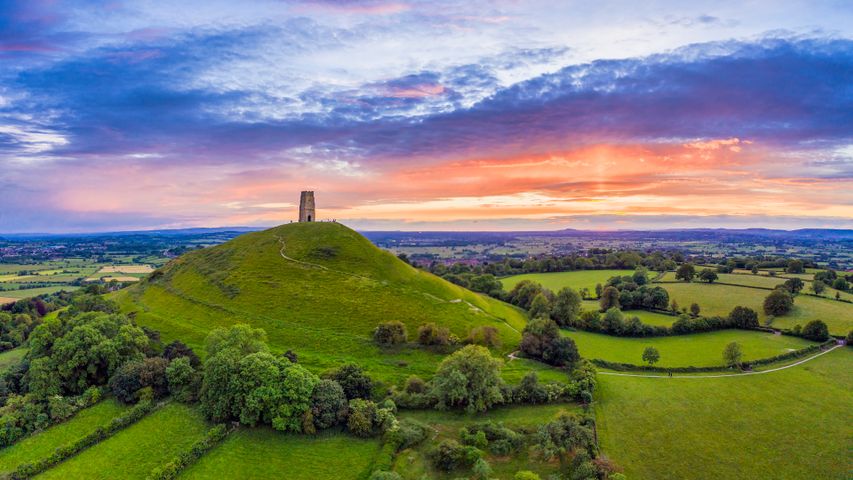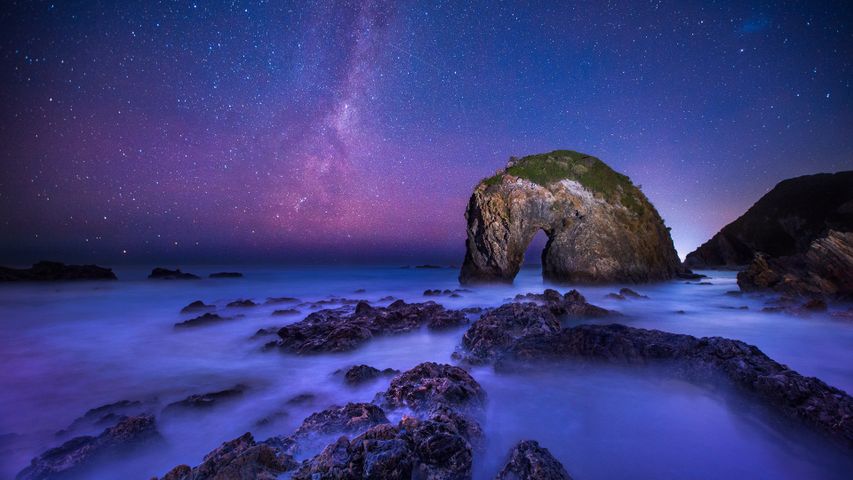Grandidier's baobab forest near Morondava, Madagascar
© Thomas Marent/Minden Picture
Beautiful baobabs
Today we celebrate the island nation of Madagascar, located off the southeast coast of Africa, which became independent of France 60 years ago on this day, in 1960. Madagascar's national tree is the stately baobab—impossibly tall and imposing, but a little silly at the same time. In fact, its nickname is the 'upside-down tree,' since it looks like it was planted with its roots in the air. Six of the world’s nine baobab species are native to Madagascar. The trees we’re looking at today are the Grandidier baobab, the largest of them all, lining the Avenue of the Baobabs near the western coast.
This species can grow up to 30 metres tall and 10 metres in diameter, a measurement that can actually change as the trunks store water during rainy seasons to help them survive in times of drought. Baobabs are also known for their longevity; those growing along the Avenue of the Baobabs are estimated to be 2,800 years old. Locally, Grandidier baobabs are referred to as 'renala,' or 'mother of the forest.'
Related Images
Bing Today Images


 Parliament Hill in Ottawa, Ontario
Parliament Hill in Ottawa, Ontario
 Wolfe Creek Crater, Australia
Wolfe Creek Crater, Australia
 St. Michael's Church Tower on Glastonbury Tor, Glastonbury, Somerset, England
St. Michael's Church Tower on Glastonbury Tor, Glastonbury, Somerset, England
 Delicate Arch, Arches National Park, Utah
Delicate Arch, Arches National Park, Utah
 Elbe river in Dresden, Germany
Elbe river in Dresden, Germany
 Cinque Torri, Dolomites, Italy
Cinque Torri, Dolomites, Italy
 Montreal skyline reflecting in St. Lawrence River, Quebec
Montreal skyline reflecting in St. Lawrence River, Quebec
 Chisos Mountains, Big Bend National Park, Texas, United States
Chisos Mountains, Big Bend National Park, Texas, United States




